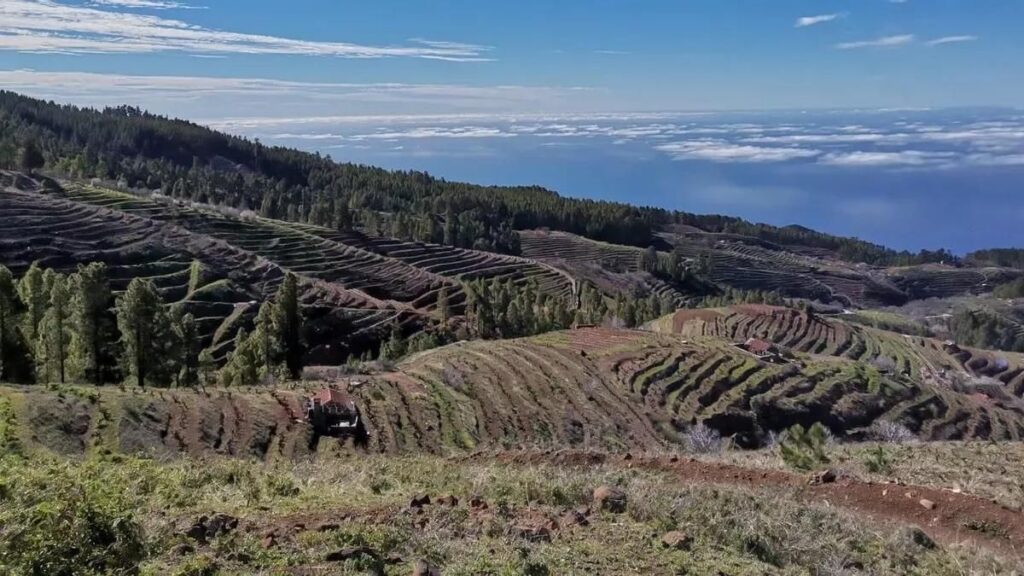A Call to Protect La Palma’s Agricultural Soul
The environmental group La Centinela-Ecologistas en Acción de La Palma has formally submitted objections to the new Guidelines for the Management of Agricultural Land (DOSA). This new instrument, launched by the Canary Islands Government, is designed on paper to protect farmland and strengthen agricultural activity. Its stated goals are to care for the land, keep the countryside alive, and recognize its essential role in the islands’ economy and iconic landscapes.
The Gap Between Intention and Reality
While the intention behind the DOSA guidelines is positive, the group argues it clashes with a deep-seated reality: in the Canaries, the prevailing belief is that rural land will inevitably be developed. This expectation, born from decades of regulations blurring the line between rural and urban, has transformed agricultural land into an investment asset rather than a space for food production. The result is a price bubble that makes it increasingly difficult for new generations to access land and keep the agricultural tradition alive.
Four Decades of Observing a Shifting Landscape
With over 40 years of activity and a focus on the island of La Palma, the group states that this trend is clear to see. They emphasize this is not an inevitable phenomenon but the direct effect of a chain of political decisions. For years, various laws and plans—often under the label of “exceptionality”—have opened the door to other uses on rustic land, from tourist accommodations to second homes.
How Regulations Redefined the Countryside
Instead of reinforcing agricultural protection, these regulations have gradually transformed the very purpose of rural territory, orienting it towards the expectation of real estate profitability. Examples cited include the Ley de las Islas Verdes (Green Islands Law), the La Palma Tourism Territorial Plan, and the recent law on the reconstruction of volcanic lava flows. Furthermore, the drafts presented this year for the new Canary Islands Land Law and the Open Air Tourism Regulations continue in this same vein of expanding permitted uses. Collectively, the exception has become the rule, and the countryside has slowly lost its original function.
The Startling Data Behind the Crisis
The data confirms this shift: the Canary Islands have the most expensive agricultural land in Spain, with an average price of €148,000 per hectare. This figure is fourteen times higher than the national average and almost six times more expensive than in the Balearic Islands. This disparity cannot be explained by insularity or tourism development alone, but rather by a territorial model that has turned farmland into a real estate expectation asset. Simultaneously, the cultivated surface area and the number of active farms have continuously decreased, reflecting the loss of the land’s productive purpose.
A Real Opportunity for Change
The group concludes that the DOSA guidelines could be a real opportunity to change course, but only if they are formulated with courage. Their effectiveness will depend on moving beyond being a document of good intentions to becoming a powerful tool capable of halting regulatory exceptionality and restoring meaning to the protection of agricultural land. Caring for the countryside is fundamental to guaranteeing food sovereignty, fire safety, and the environmental balance of islands that are becoming increasingly dependent on external resources.


